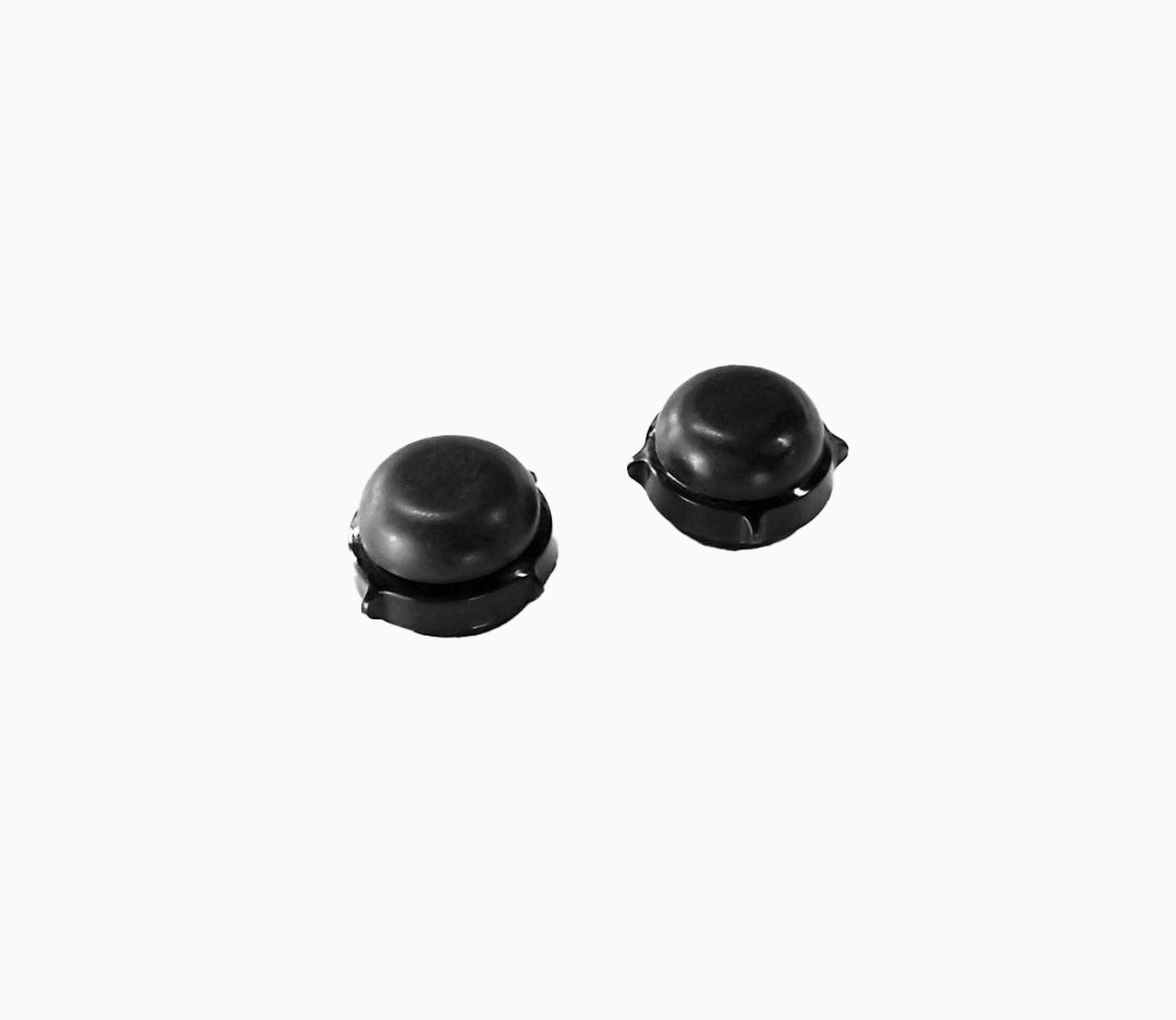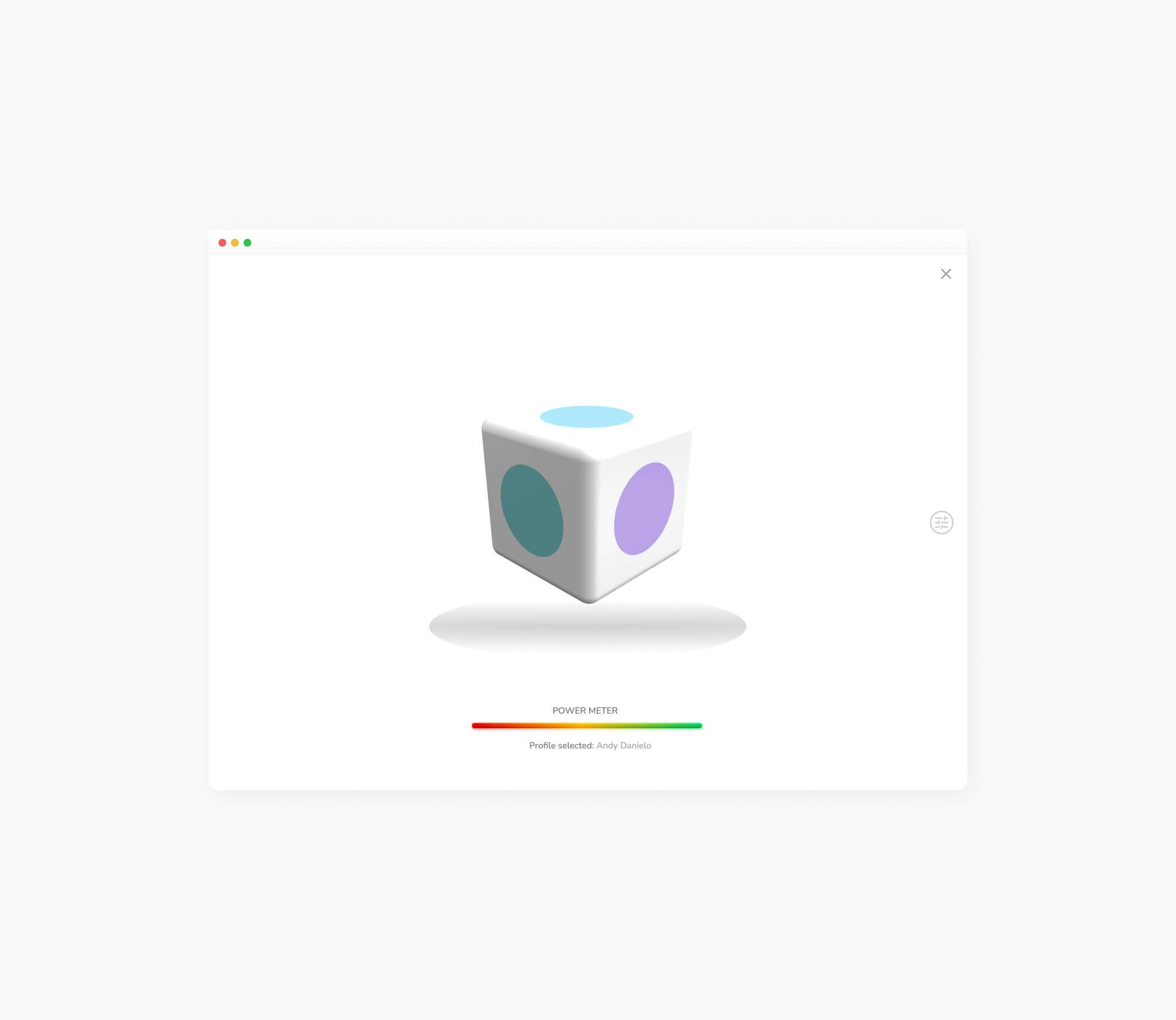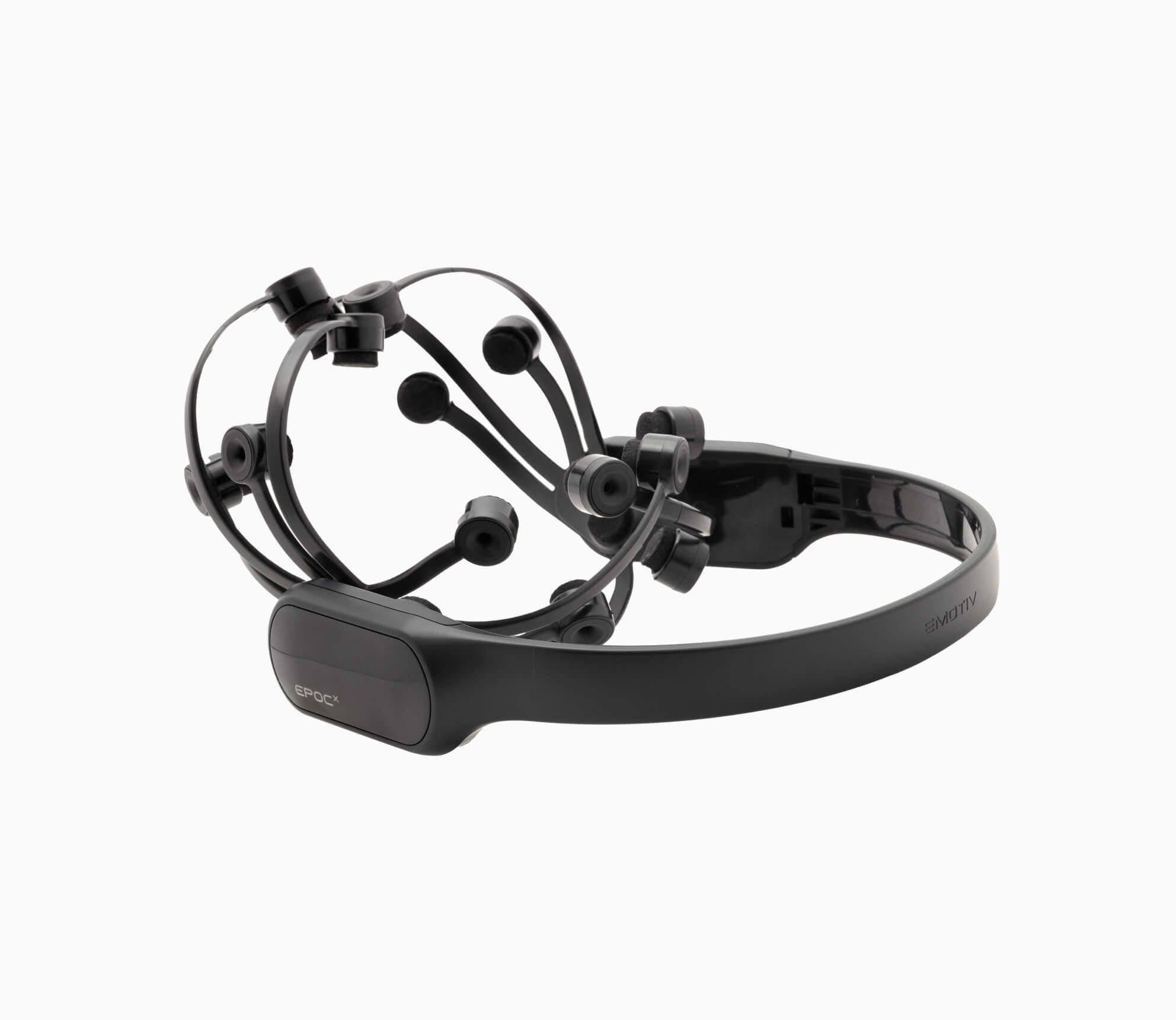ADHD Therapy
Attention Deficit Hyperactivity Disorder (ADHD) therapy refers to training and intervention strategies designed to help manage ADHD symptoms. ADHD therapy typically involves evaluating the magnitude of the disorder, how the symptoms of ADHD affect a person’s school, work, home or social life and recommending strategies to address these issues. Common goals for ADHD therapy involve reducing problem behaviors and strengthening executive functioning skills.

ADHD Therapy FAQ’s
What is ADHD Therapy?
ADHD therapy is a treatment option. It is an umbrella term that comprises of several different therapeutic practices. These include behavioral therapy, cognitive-behavioral therapy, metacognitive therapy, occupational behavioral therapy and biofeedback therapy.
ADHD therapy can be conducted in one-on-one or group settings, such as family therapy. Typical activities might involve techniques to improve focus or time management, breathing and mindfulness exercises or even measuring the individual’s brain activity through neurofeedback sessions. A person diagnosed with ADHD might attend therapy for a varied number of sessions, depending on the severity of their symptoms. Not usually intended as a long term solution, ADHD therapy focuses on teaching participants exercises and techniques so they can practice ADHD therapy at home even after the official sessions come to an end.
What are the different types of ADHD Treatment?
ADHD therapy may be combined with other treatment options, such as ADHD medication or ADHD natural treatments. The following sections on ADHD treatments and ADHD therapy are for educational purposes only. Consult a specialist for recommendations on effective treatment options. ADHD specialists (primary care doctors, psychologists, psychiatrists) can diagnose ADHD, prescribe medication and provide therapy.
ADHD treatment and ADHD therapy options include:
- Behavioral therapy
- Cognitive-behavioral therapy
- Occupational behavioral therapy
- Metacognitive therapy
- Neurofeedback therapy
- Music therapy
- Natural treatment
- Treatment without medication
What is Behavioral Therapy for ADHD?
When considering different treatment options for alternative ADHD treatment, behavioral therapy is a strategy kids with ADHD should explore. The American Academy of Pediatrics (AAP) recommends behavioral therapy as the first line of treatment for children under 6 years. Adults tend to engage in cognitive behavioral therapy, a type of ADHD therapy, to learn better time management or unlearn negative behaviors disrupting their relationships.
While exact behavioral therapy techniques for ADHD used during sessions will depend on the age of the participant and severity of their symptoms, the fundamentals of behavior therapy for ADHD are the same: change negative behaviors to positive ones through conditioning. Behavioral ADHD therapy activities for kids might include talking and listening sessions, games designed to teach self-control, activities to work out energy and aggression, or meditation and breathing exercises.
Importantly, behavioral therapy for ADHD kids also focuses on providing training for parents. Therapy that focuses on training parents is the only recommended type of therapy for an ADHD child, as young kids aren’t mature enough to change their behavior without parental help. Behavioral therapy for ADHD teaches parents how to create routines, manage distractions, discipline, reward effectively and provide a healthy lifestyle. That way, parents can continue ADHD behavioral therapy at home, incorporating these activities into a child’s everyday life. Some parents use pets, such as specially-trained ADHD therapy dogs, to teach kids about responsibility and provide a positive outlet for energy and attention.
What is Cognitive Behavioral Therapy for ADHD?
Cognitive-behavioral therapy for ADHD is another type of natural therapy for ADHD. Cognitive-behavioral therapy focuses on achieving short-term goals to change negative thinking patterns. Cognitive-behavioral therapy also aims to manage automatic thoughts (cognitions) that make it difficult for adults with ADHD to execute tasks successfully.
The therapy techniques typically involve identifying and unlearning challenging behaviors related to distraction and hyperactivity, such as disorganization, poor time management or bad planning. In that way, cognitive behavioral therapy seeks to reduce the effects of ADHD, not treat its core symptoms.
What is Metacognitive Therapy for ADHD?
Metacognitive therapy for ADHD is an emerging type of ADHD therapy. While cognitive-behavioral therapy for ADHD helps participants change what they think, metacognitive therapy for ADHD is often described as helping participants change how they think. In contrast to cognitive therapy, which seeks to teach participants productive thought patterns and behaviors, metacognitive therapy gives participants specific tools they can use to change their styles of thinking. Metacognitive therapy for ADHD focuses on teaching skills to address organization, prioritization, and planning for better executive self-management.
What is Occupational Therapy for ADHD?
Occupational therapy for ADHD works to strengthen skills related to challenging mental and physical activities. Because of its focus on breaking down executive tasks into manageable steps, an occupational approach is often the recommended therapy for kids with ADHD. Occupational therapy for ADHD typically involves teaching activities and games that improve coordination and focus — as well as techniques for staying organized, sticking to routines and finishing tasks that can be reinforced during ADHD therapy at home.
What is Neurofeedback Therapy for ADHD?
Neurofeedback therapy for ADHD (see also biofeedback therapy and ADHD) measures brain activity using EEG, an electrophysical method of monitoring the brain. Neurofeedback therapy for ADHD helps participants strengthen brainwave patterns associated with focus by monitoring their brain activity. Participants wear an EEG device, which measures their brain activity in real-time. The EEG is hooked up to a Brain-Computer Interface (BCI) with a video game-like program. The participant “plays” the game with their brain, performing complex cognitive tasks.
What is ADHD Music Therapy?
In ADHD music therapy, participants engage with music to train their brains to maintain better self-control and stronger focus. Music provides a repetitive structure via ADHD brain craves. Participants either create music or listen to music while doing another creative activity. Music can increase dopamine levels, a neurotransmitter responsible for focus, working memory and motivation. Listening to music also activates cognitive processes in the left and right lobe. ADHD music therapy works by engaging your whole brain and building up muscles on both sides over time.
What is ADHD Natural Treatment?
ADHD natural treatment involves managing ADHD symptoms through nutrition and lifestyle changes. ADHD therapy is considered a natural treatment because it addresses development issues, unhealthy thought patterns, and disruptive social skills through behavioral and cognitive exercises. It is also often recommended as a first step before prescription medicine. Behavioral therapy, cognitive behavioral therapy, metacognitive therapy, occupational behavioral therapy, and neurofeedback therapy are all types of natural therapy for ADHD.
ADHD Treatment Without Medication
Someone seeking non-medication treatment for ADHD may engage in many of the alternative treatments for ADHD listed below: eating a balanced diet, avoiding sugar and artificial preservatives, getting regular outdoor exercise, practicing ADHD mindfulness therapy or neurofeedback therapy. Because of individual dietary needs, some people using non-medication treatment for ADHD may choose to consume all their daily vitamins through food — as even over-the-counter vitamins and supplements are not without side-effects.
Activities that can induce natural treatment for ADHD in adults and kids include:
- Taking vitamin supplements. Some people with ADHD have been observed to have low levels of nutrients associated with vital nerve and cell production. Taking Vitamin B, Vitamin C, zinc, iron, magnesium and Omega-3 fatty acid supplements can ensure the right amount of minerals.
- Eating a balanced, protein-rich diet. The body uses protein-rich foods to make neurotransmitters. Eating balanced meals of protein, complex carbohydrates, healthy fats, and fiber can prevent blood sugar spikes and hunger between meals that can contribute to hyperactivity and inattention.
- Avoiding sugar and artificial preservatives. Processed sugar can cause spikes in blood sugar levels. Artificial flavors and preservatives generally cause people to be hyper and distracted, but especially affect those with ADHD.
- Regular outdoor exercise. Exercise increases mood-enhancing endorphins, elevates the brain’s levels of dopamine, norepinephrine, and serotonin, increasing focus and attention. Getting outside can especially aid with recovery from attention fatigue.
- ADHD mindfulness therapy. Research suggests mindfulness training can reduce symptoms, even in children. By focusing on one’s thoughts, feelings and bodily sensations (like breathing), practicing mindful meditation and mindfulness awareness throughout the day trains you to better control attention, stress reactions and anxiety levels.
- Engaging with neurofeedback. Neurofeedback therapy for ADHD helps participants strengthen brainwave patterns associated with focus by monitoring their brain activity. Neurofeedback involves measuring a participant’s brain activity in real-time through EEG and BCI.
Does Emotiv offer ADHD Therapy Services?
EMOTIV offers EEG devices and BCI software that can be used in neurofeedback therapy for ADHD. EmotivBCI can be used directly to implement a BCI within a computer. EmotivPro is a brain monitoring software for measuring brain activity in real-time. EMOTIV’s BCI-compatible software includes the EMOTIV Insight and the EMOTIV EPOC X EEG headsets.
EMOTIV specializes in wireless EEG devices and intuitive neurotech software for academic research and commercial use. EMOTIV’s EEG devices and BCI software can be used to collect neurofeedback used in ADHD therapy. EMOTIV does not provide ADHD therapy services directly.




